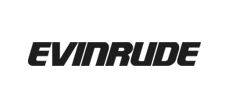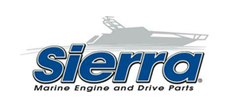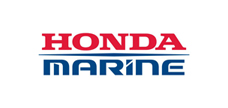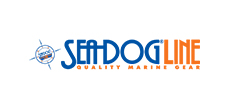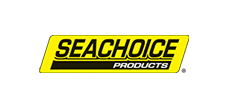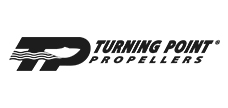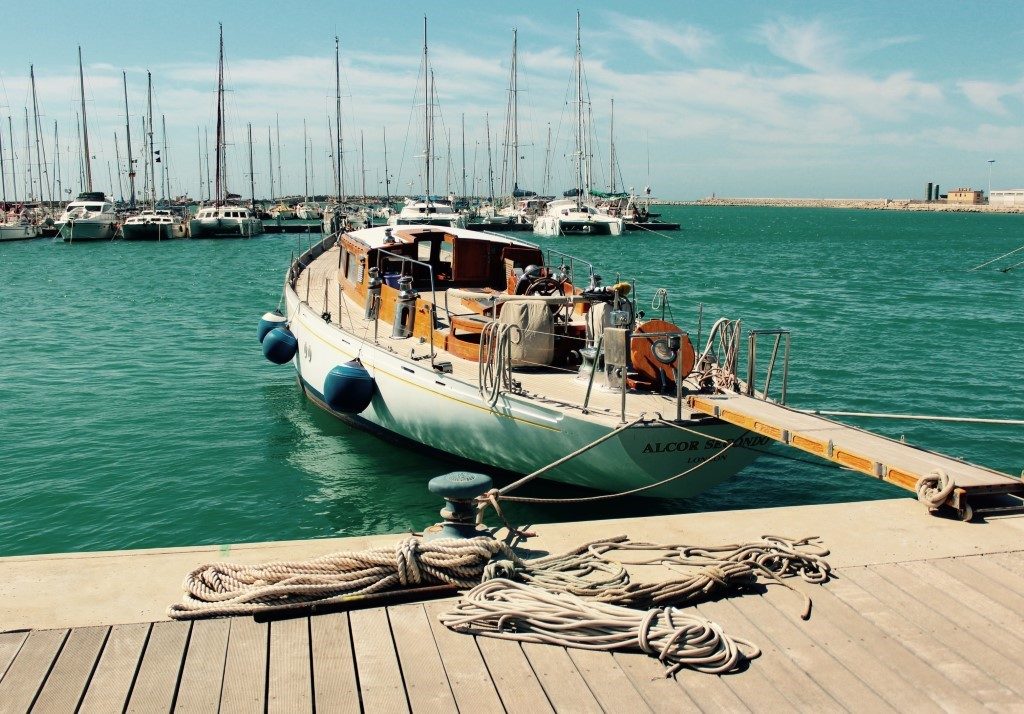
As a boater, it’s important to have everything you will need while out on the water and ensure all equipment and supplies are tested and of good quality. The last thing anyone needs is a part to break on them in the middle of a nice day out with family, or during a worse time, like the beginning of a storm.
While there is a bare minimum of required gear to have onboard your boat, there are also some highly recommended items that you’ll be glad you remembered to bring.
As with everything, the equipment and boat supplies that you will need depend on the size of your vessel. Boating regulations and equipment guidelines tend to classify different boat sizes into the following categories:
- Vessels less than 16 feet
- Vessels 16 – 26 feet
- Vessels 26 – 40 feet
- Vessels 40 – 65 feet
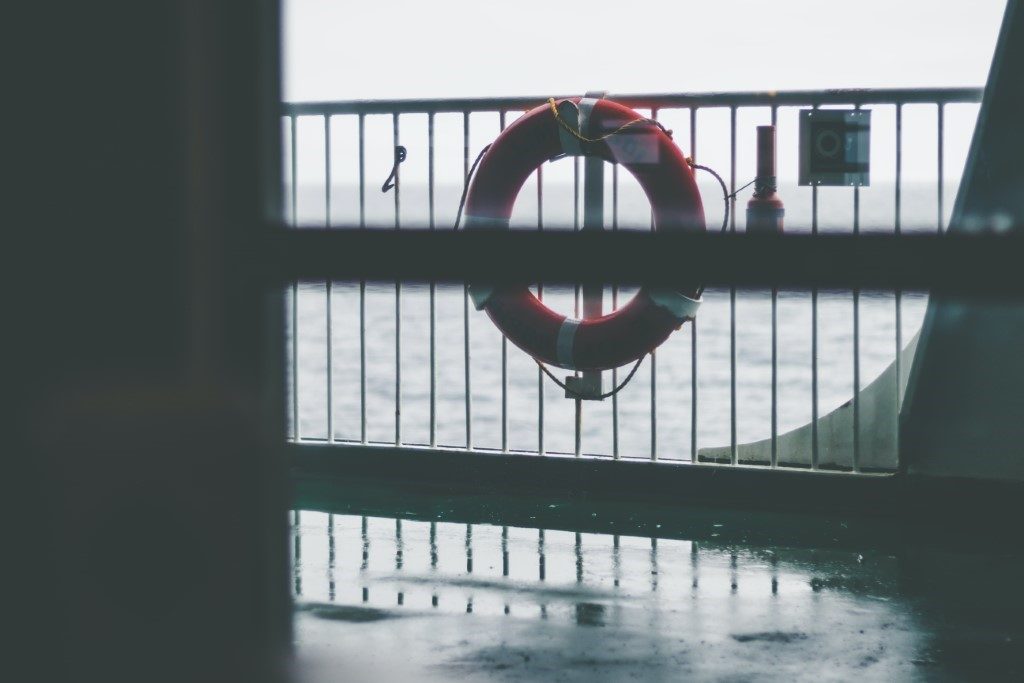
Safety Gear
Basic safety gear and equipment is a must, regardless of the size of your marine vessel. From life jackets to items that offer assistance in rescue efforts or fire prevention, these safety items should be onboard your vessel (or on you) at all times.
What You’ll Need:
PFDs
Personal flotation devices, also known as life jackets, are required on all boats within U.S. waters, and any boats over 16 feet must also have a throwable flotation device. There are a variety of different styles and categories of life jackets, ranging from type I-type V.
The PDF you wear depends on the size of your boat, size and age of the user, and activity that is being performed. Type I PDFs are considered offshore life jackets, type II refers to near short life vests, type III are flotation aids, type IV are throwable devices (such as a ring), and type V are special use devices.
Fire Extinguisher
While it’s always a good idea to have a fire extinguisher handy, there are also minimum USCG fire extinguisher requirements for vessels that have enclosed living spaces, enclosed engine compartments, permanent fuel tanks, or have any flammable and highly combustible materials. Here are the required extinguisher types for each vessel size:
- Marine vessels less than 26’: one B-I type hand portable fire extinguisher
- Marine vessels 26’ to 40’: two B-I or one B-II
- Marine vessels 40’ to 65’: three B-I or one B-II and one B-I
- Marine vessels over 65”: 1-8 (depending on the weight of the vessel) B-II, plus a fixed system in the machinery space
Fire extinguishers must be mounted in their brackets, be in good physical condition with no rust or dents, have operating gauges (if any) and have seals and tamper indicators in place.
Backfire Flame Arrestor
A boat backfire flame arrestor is a device used to stop flames, which can result from an engine backfiring or from flames encountering fuel and starting a fire on board your boat. Motorboats and motor vessels, apart from outboard motors, must be equipped with an acceptable means of backfire flame control.
- Marine vessels must have one USCG approved or AE-J-1928 or UL 1111 standard compliant backfire flame arrestor for each carburetor on all gas-powered vessels.
- The backfire flame arrestor must be secured to the air intake with a flame-tight connection.
- Other acceptable forms of backfire flame control include air and fuel induction systems (usually found on personal watercraft), velocity stacks (attachments to carburetors), and reed-type (found in outboard motors).
Visual Distress Signal
Visual distress signals, as the name suggests, help other boats and emergency rescuers location your vessel so they know that you are in distress and can provide aid.
- Recreational boats over 16 feet must be equipped with USCG approved visual distress signals (VSD).
Exceptions: The exception to the VSD requirement is boats operating on lakes (apart from the Great Lakes), sailboats under 26 feet without propulsion machinery, manually propelled boats, and boats participating in organized events.
- Boats must carry a minimum of 3 approved night signals when operating from sunset to sunrise, and if pyrotechnic devices are selected, a minimum of three signals are required for day use and three signals for night use, although some signals (such as combination flares) can be used for both day and night.
Sound Producing Device
One of the most important aspects of boating is the ability to let other boaters and vessels know what actions you are taking, such as crossing, overtaking, or meeting. In these situations, no human-made sound can sufficiently relay a message quickly, making it necessary to use sound producing devices such as bells, whistles, and horns, and even air-horns, in a pinch.
- All boats under 40’ should have a reliable sound producing devices such as a horn or whistle
- Boats over 40’ are also required to carry a bell
- Boats over 65.5’ must carry a bell and whistle, with an air horn or electric horn counting as a whistle. The mouth of the bell must be at least 7.87” in diameter and the whistle should heard from at least ½ a nautical mile.
Flashlight or Torchlight
While this item is not a requirement, it is a good idea to have a flashlight or other means of seeing in the dark or in dark spaces onboard your boat. There are so many different types of flashlights, torches, and even glow lights to help brighten up your boat in the dark to help your eyes see further.
A pocket flashlight makes it easy to see small, dark spaces or illuminate small workspaces. A larger flashlight or beam can provide useful visual aid when looking outside and around your boat as well.
First Aid Kit
A good first aid kit should be present in every area you regularly spend time, whether your home, car, or boat. Get an all-encompassing first aid kit to help patch up all kinds of injuries–from light scrapes to serious wounds.
You can put together a few supplies such as bandages, gauze, tape, and other first aid items to make your own customized kit or purchase one of the many boating first aid kits that are fully stocked for any possible injury out on the water.
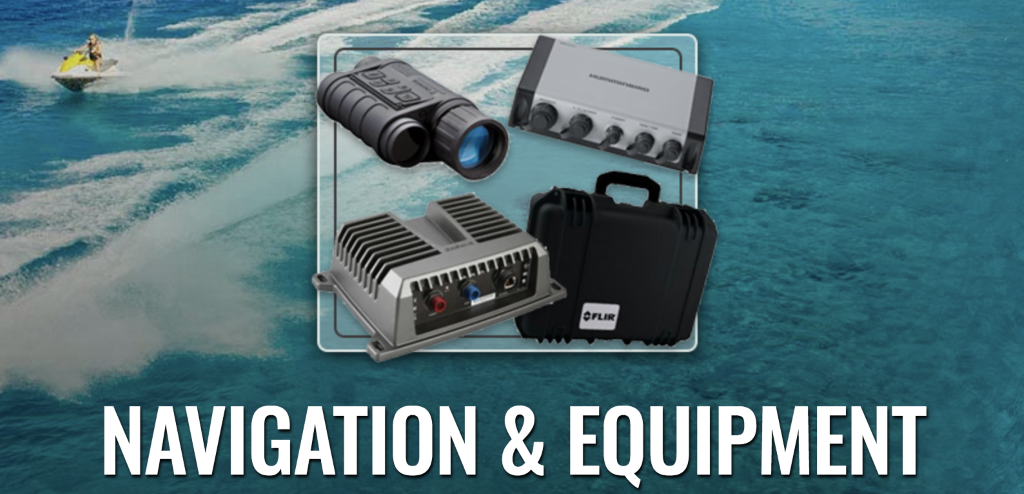
Navigation
Navigation might seem simple enough when everything is in line of sight and you stick to the coast or shoreline, but it gets much more complicated the further out you venture. There are many different devices and brands to choose from for navigation, but what’s important is that you use something that works for you and your boat. Get the right devices and equipment to help you navigate like a pro.
What You’ll Need:
GPS or Chart Plotter
A GPS with longitude and latitude points is the bare minimum needed for navigation, but you’ll likely have an easier time with a chart plotter or more advanced navigation device.
A chart plotter takes GPS information and plots it on a digital map to help you navigate. The device is especially handy on longer trips with no definite points of reference, such as offshore trips and blue water sailing.
Compass
A compass is the perfect addition to your GPS for navigation and direction. Whether you like the comfort of a small pocket compass or a larger compass installed in your navigation room or space onboard, you won’t regret adding this device to your navigation setup.
A compass is great backup tool for navigation, or an excellent and thoughtful gift for the boater in your life. There are tons of different compass options, but many can be had for under $100 and function just as well as more expensive options. Check out our full selection of magnetic and electronic compasses to see which one strikes your eye the most.
Paper Map or Download
Although electronic and digital devices are the norm, a paper map is always handy to have onboard your boat and is a great tool for navigation. You can usually purchase paper maps online for the areas you sail in and around, or in local marine and boating shops.
There are also excellent digital maps of local waters that boaters can purchase and print or download and use digitally. It’s a good idea to have a map backup, should your hotspot go out, your batteries die, or some other electronic mishap occur.
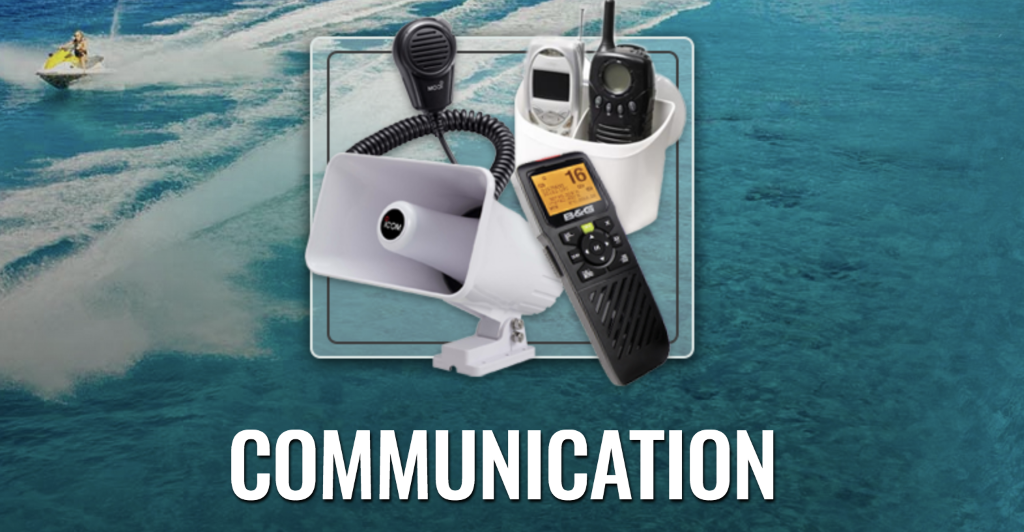
Communication Devices
Whether you want to let your spouse know you’ll be home late, effectively communicate with other boats in the area, or call for emergency help, a solid communication device (or two) should stay onboard your vessel. If you’re looking for beginner boating equipment, pick up these devices to ensure all your needs are met. You may also want to consider combination devices such as GPS and navigation devices with built in radios.
What You’ll Need:
Handheld VHS Radio
Marine VHF radio is a system of two-way radio transceivers that is used worldwide for ship to ship and ship to shore communications. A VHS radio can reach between 30-50 miles and is the primary way that boats communicate with each other while on the water.
Cell Phone
Since most people never leave home without a cell phone, this should be a no-brainer. A cell phone is a great communication device, map, camera, and offers many other functions. Bring yours and stow it away in a dry bag or zippered waterproof pocket, just in case you need to make a quick call or for more serious emergency assistance. If you find that a cell phone just doesn’t cut it, you can upgrade to a satellite phone later.
Emergency Signaling Device
The two most common devices are Personal Locator Beacons (PLB) and Emergency Position Indicating Radio Beacon (also known as EPIRBs). These nifty devices transmit the location of either you or your boat to emergency responders via a coded message on the 406 MHz distress frequency to quickly summon help. PLBs are registered to a person and EPIRBs are registered to a vessel.
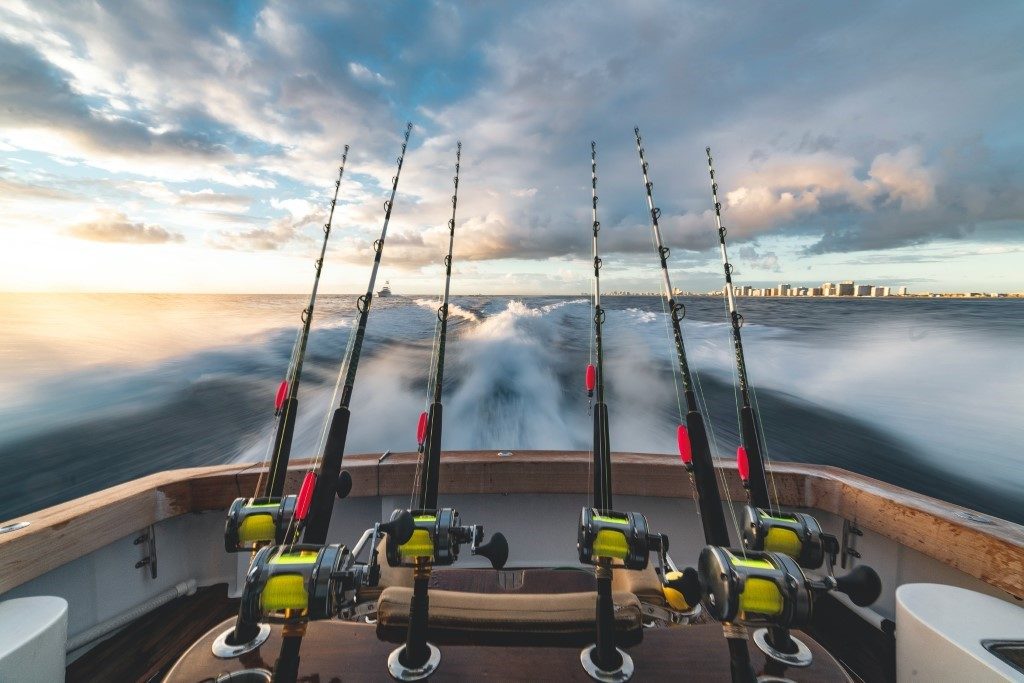
Fishing
Every fisherman, whether a hobbyist or a pro needs the right boating and fishing equipment to reel in the next catch. Have everything ready and onboard your boat for the next fishing trip you plan to take, so you can catch, store, and enjoy the fish you reel in.
What You’ll Need:
Fishing Rid Holders & Racks
If you love to fish, then you know the importance of a good rod holder–unless you plan to hold your fishing rod all day or give up on catching anything.
There are plenty of fishing rod holders on the market, but you should invest in a quality one to ensure you don’t lose your pole, or your next big catch. Make life easier for yourself when you’re out on the water with a mounted rod holder.
Tackle Boxes
Store everything you need for easy access while fishing in an organized tackle box. Organize lures, sinkers, and live bait in a hardbacked tackle box.
Keep all your best lures in one place and organize them all the way you like. Tackle boxes come in so many different colors, storage capacities, and materials, that you’ll have any configuration you’ve ever thought of to choose from.
Coolers & Live Wells
Keep the fish you catch fresh with coolers and live wells, whether you plan to take them home and cook them, grill them right there while you’re out on your boat, or use them as bait for a larger catch. You might also consider accessories for your live well if you plan to keep fish or bait in there for a while, such as an oxygen generator or pump, live well cleaner or filter, and a light.
Fish Finder
Fish finders use sonar to locate fish and other solid objects underwater, and often come in conjunction with depth sounders that tell you the given depth of the water. Both devices are useful to alerting you of rocks, hazards, and sharp drop-offs.
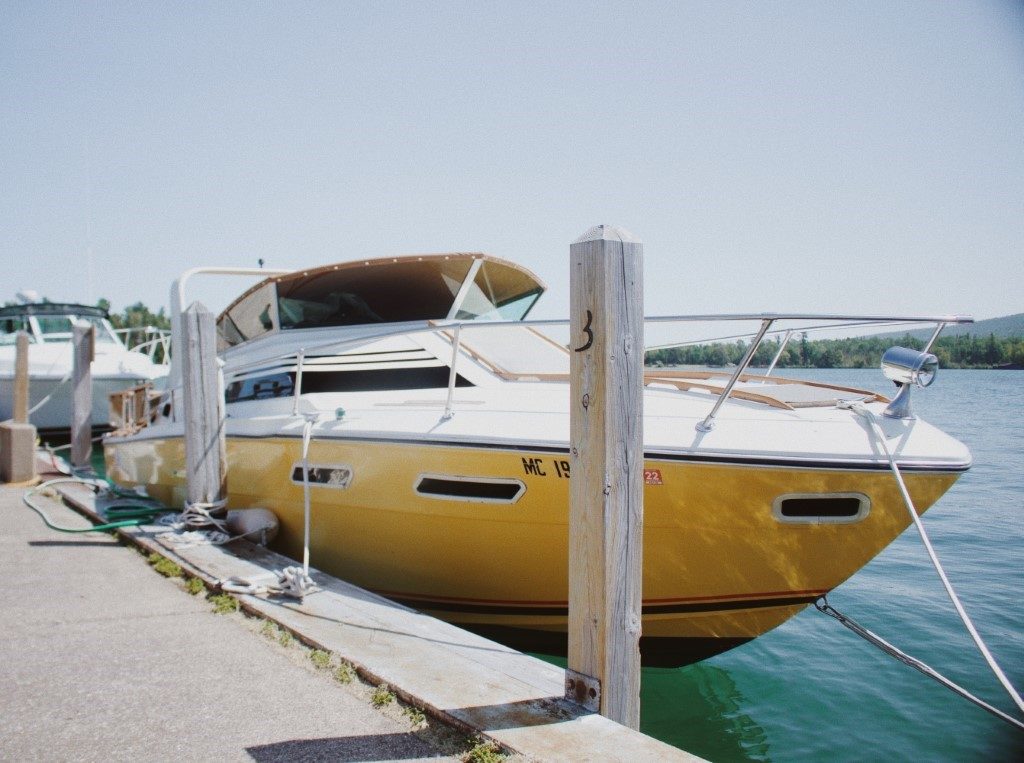
General Equipment
It’s important to have all the right tow lines, towers, buoys, anchors, engine oil and other mooring, docking, and engine equipment for your boat, since these items are required for its operation and maintenance.
What You’ll Need:
Engine Oil & Parts
Just like you keep oil for the vehicle you drive, having some extra engine oil for you boat is always a good idea in case you need to top it off. Likewise, spare engine parts come in handle when you least expect to need them. Get stocked up on everything you might need for your engine, before you have to get towed back to shore to find them.
Boat Fenders
Keep your boat safe while docking and mooring with good quality and good fitting boat fenders. Fenders absorb the shock of your boat hitting a dock or another vessel. They are an inexpensive way to extend the life of your boat and protect its structure and visual appeal.
Protect your boat the same way you maintain the siding on your house or keep your car’s paint looking good–with precautionary measures and maintenance. As a general rule, boat fenders should be roughly 1″ of diameter for cylindrical fenders or 2″ of diameter for spherical fenders for every 4-5′ of boat length. Boats docked in choppier waters will need more protection than those docked on calm lakes.
Anchor & Lines for Towing and Docking
Keep an anchor handy onboard for when you plan to stop at a certain point on the water, and extra lines for towing and docking.
You never know when you’ll need an extra line, whether for yourself or a friend. Make sure you have everything you need to get your boat to where you’d like it to be, whether docked or out on the water.
Spare Tire & Hitching Equipment
There is nothing worse than getting everything ready for a nice day out on the water and getting a flat tire on your boat trailer, stopping your plans before they have even begun.
Make sure you have all the items you need to get your boat to the water and back. The tires and equipment you should purchase will depend on the vessel you have but are a good idea for frequent boaters that have distance to travel in order to get to the water.
Get Everything for Your Boat
Shop the best quality marine electronics & boat accessories at the lowest prices online at Atlantic Marine Depot. Ensure that your boat has everything it needs, before it hits the water. Get fast, free shipping on all orders over $99. Get marine electronics & boat accessories at the lowest prices. Shop our online inventory for the best marine electronics & boat accessories for commercial boats, pleasure vessels, and fishing boats.



